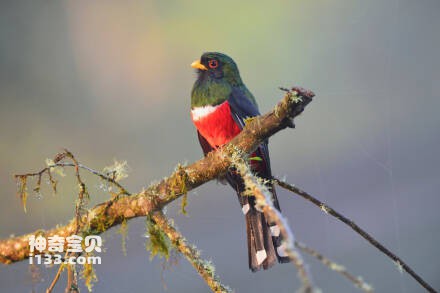
Trogon collaris
Trogon collaris,Collared Trogon
The species is known as Trogon collaris or Collared Trogon.White collar Amer···
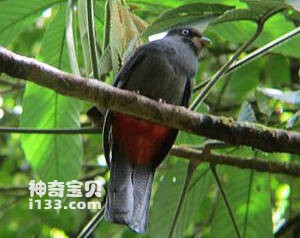
Trogon clathratus
Trogon clathratus,Lattice-tailed Trogon
Trogon clathratus, Lattice-tailed Trogon, is unknown.Protect wild animals an···
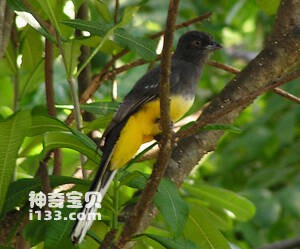
Trogon citreolus
Trogon citreolus,Citreoline Trogon
Trogon citreolus, Citreoline Trogon, is an unknown species.Listed in the Int···
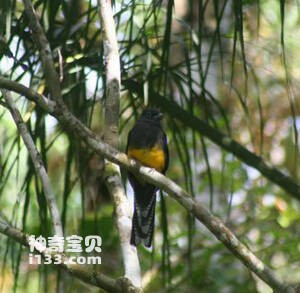
Trogon viridis
Trogon viridis, White-tailed Trogon
White-tailed Trogon viridis is a white-tailed Trogon species with unknown ha···
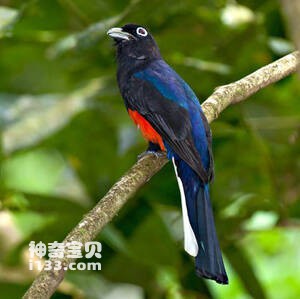
Trogon bairdii
Trogon bairdii,Baird's Trogon,Vermilion-breasted Trogon
The behavior of Trogon bairdii (Trogon Baird's Trogon, Vermilion-breaste···
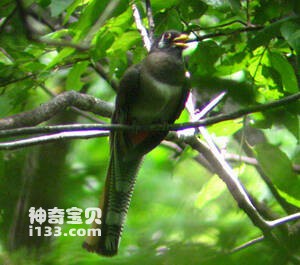
Trogon elegans
Trogon elegans,Elegant Trogon
Trogon elegans, Elegant Trogon, has four subspecies, the specific habits of ···
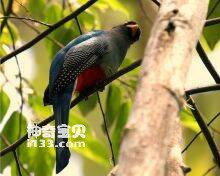
Priotelus roseigaster
Priotelus roseigaster,Temnotrogon roseigaster,Hispaniolan Trogon
The Island-biting cuckoo (Priotelus roseigaster, Temnotrogon roseigaster) is···
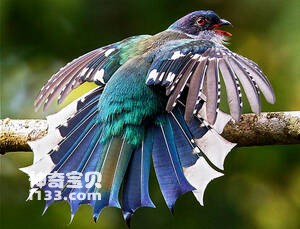
Priotelus temnurus
Priotelus temnurus,Cuban Trogon
The Cuban biting cuckoo (Priotelus temnurus) is a small climbing bird. There···
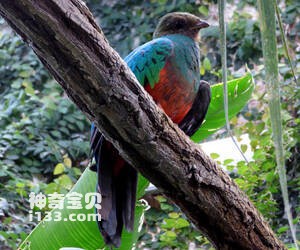
Pharomachrus pavoninus
Pharomachrus pavoninus,PavonineQuetzal,PavonineTrogon
Scientific name Pharomachrus pavoninus, foreign names PavonineQuetzal, Pavon···
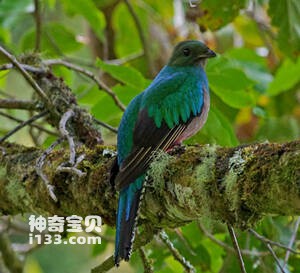
Pharomachrus mocinno
Pharomachrus mocinno,Resplendent Quetzal
The Resplendent Quetzal (Pharomachrus mocinno) has two subspecies.It is know···
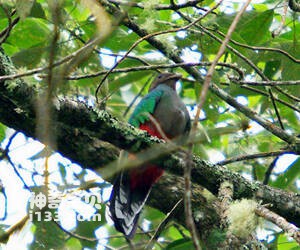
Pharomachrus fulgidus
Pharomachrus fulgidus,White-tipped Quetzal,White-tipped Trogon
Pharomachrus fulgidus, White-tipped Quetzal, White-tipped Trogon, there are ···
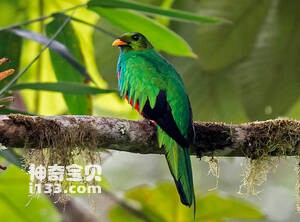
Pharomachrus auriceps
Pharomachrus auriceps,Golden-headed Quetzal,Golden-headed Trogon
The scientific name Pharomachrus auriceps, the foreign names Golden-headed Q···
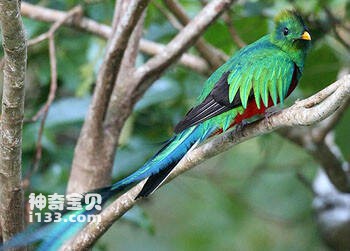
Pharomachrus antisianus
Pharomachrus antisianus,Crested Quetza
Scientific name Pharomachrus antisianus, foreign name Crested Quetza, the sp···
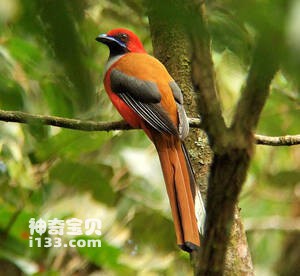
Harpactes whiteheadi
Harpactes whiteheadi,Whitehead's Trogon
The species Harpactes whiteheadi (Whitehead's Trogon) is unknownThe gnaw···
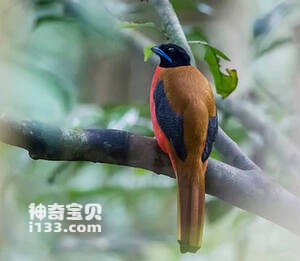
Harpactes orrhophaeus
Harpactes orrhophaeus,Cinnamon-rumped Trogon
The species is known as Harpactes orrhophaeus and Cinnamon-rumped Trogon.Lis···
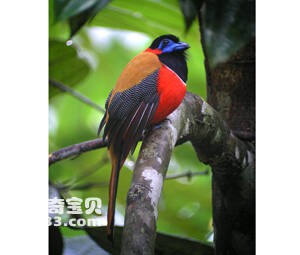
Harpactes kasumba
Harpactes kasumba,Red-naped Trogon
Its scientific name is Harpactes kasumba, and its foreign name is Red-naped ···
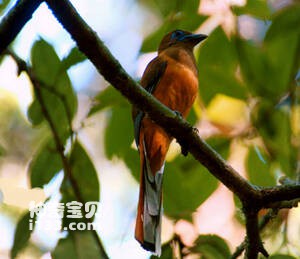
Harpactes fasciatus
Harpactes fasciatus,Malabar Trogon
The species is known as Harpactes fasciatus and Malabar Trogon。Listed in th···
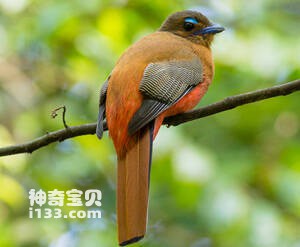
Harpactes duvaucelii
Harpactes duvaucelii,Scarlet-rumped Trogon
The species is known as Harpactes duvaucelii and Scarlet-rumped Trogon。List···
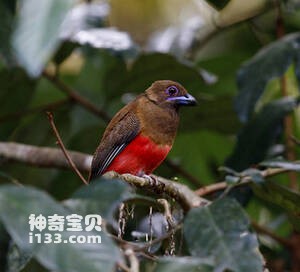
Harpactes diardii
Harpactes diardii,Diard’s Trogon
Harpactes diardii, also known as Diard's Trogon, is a small, arboreal bi···
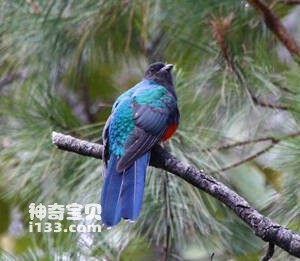
Euptilotis neoxenus
Euptilotis neoxenus,Eared Quetzal,Eared Trogon
Scientific name Euptilotis neoxenus, foreign names Eared Quetzal, Eared Trog···
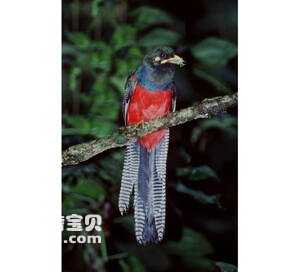
Apaloderma vittatum
Apaloderma vittatum,Bar-tailed Trogon
The Bar-tailed Trogon (Apaloderma vittatum) is a small climbing bird.African···
